Baba Reshi Shrine : A Spiritual Breath in the Hills
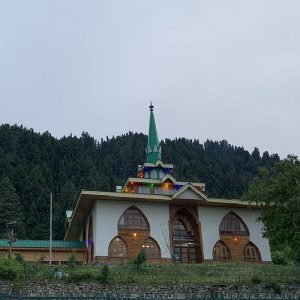
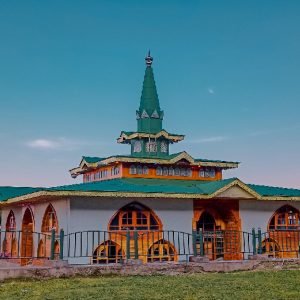
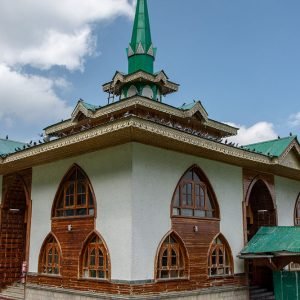
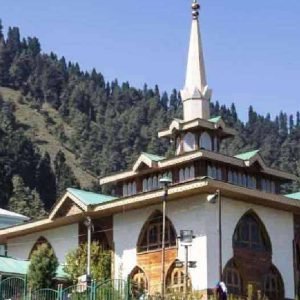
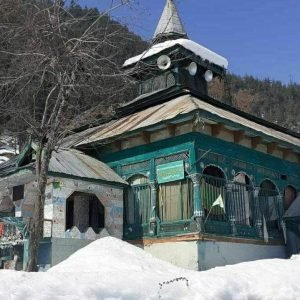
Table of Contents
Toggle1. Introduction
The Khanqah of Baba Reshi is one of the most revered and marvelous assemblies of architecture in the Kashmir Valley. Thousands of devotees, travelers, and locals throng to its hallowed grounds which are assigned to the revered Sufi saint, Baba Payamuddin Reshi or Baba Reshi, for worship at Gulmarg in the midst of lush greenery and majestic mountains. His teachings about peace, spiritualism, and unity among humanity resonate strongly within the Kashmiri culture, and the shrine is a symbol of devotion and reverence. Thus, it has been an attractive place with its peaceful environment, pious atmosphere, and natural beauty surroundings for those looking for divine favors and natural loveliness.
2. Historical Background of Baba Reshi
2.a. Baba Payamuddin Reshi
Baba Payamuddin Reshi, commonly known as Baba Reshi, was a 15th-century Sufi saint, mystic, whose influence was very strong among the people of Kashmir. He was born into a spiritually inclined family in the town of Chandernaagri, near the region of Beerwah central Kashmir. Baba Reshi was the disciple of the great saint Sheikh Noor-ud-Din Noorani, popularly known as Nund Rishi, founder of the Rishi order in Kashmir. The Rishi order believed in peaceful coexistence, spiritual fulfillment through simplicity, and devoted service to humanity.
Baba Reshi lived a life of piety and renunciation, devoting himself to spiritual learning, meditation, and the service of the needy. His austere lifestyle brought him deep respect and recognition, and he is said to have been at once very humble and wise. He chose to be buried at the present location of his shrine in the middle of a dense forest near Gulmarg, which has since become a place of pilgrimage. The shrine of Baba Reshi marks the final resting place of the Baba, who died in 1480 CE.
2.b. Baba Reshi’s Legacy
Mutual love, benevolence, and equality marked Baba Reshi’s teachings. He cared for the misery of the poor and downtrodden. His followers work to preserve charitable activity and service to mankind, especially on the annual Urs festival. Babar Reshi emerged as a great spiritual figure in Kashmiri thought, accumulating communities across religious and social divides. His shrine exists today not only as a monument of spiritual heritage but as a testament to Kashmir’s pluralistic traditions.
3. Significance of Baba Reshi Shrine
3.a. Religious Importance
Not only is it an important spiritual destination for the Muslims of Kashmir who believe in the shrine saint as their wali (friend of God), but hundreds of people belonging to all religions have been served by the shrine. The place, therefore, is sought by communities that want peace, health, and well-being and beg for blessings.
The shrine of mid-nature location, surrounded by forests, adds to a peaceful atmosphere. It has become a meditative and contemplative place. Most feel well-inclined and leave panic and anxiety behind while in the vicinity of Baba Reshi.
3.b. Cultural and Social Significance
Baba Reshi is not only a religious personality but also occupies the center of Kashmiri culture. Baba Reshi and the Rishi order make the hue of unity across communal and religious lines sound in the diverse fabric of Kashmiri society, which is very well reflected. In fact, the annual Urs festival commemorates the death anniversary of Baba Reshi and brings people from all walks of life in Kashmir together at the shrine. It’s a time of community gathering, charity, music, and spiritual recitation.
The shrine has also featured in the cultural expression of Kashmir through songs and poems that have been written about Baba Reshi’s virtues and celebrating the harmony that he stood for.
4. Architectural Features
4.a. The Shrine Complex
The Baba Reshi Shrine is one of the most typical examples of Kashmiri wooden architecture. The shrine’s main building is mostly made of wood, which displays its intricate woodcarvings characteristic of Kashmiri craftsmanship. The roof is multi-tiered, its tiers represent the traditional Kashmiri style of pagoda-like construction often seen in older shrines and mosques.
4.b. Wooden Carvings and Calligraphy
The ornate and detailed wooden work design can be seen and sensed everywhere in the shrine. Flowers and geometrical designs are curved on wooden panel, Quranic verses are there on walls as well as ceilings along with some Persian and Arabic inscriptions, perfectly reflecting the Kashmir religious and art culture. The calligraphy adds a sanctimonious facet to the shloka ambiance, thus enhancing its spiritual significance.
4.c. Surrounding Gardens
The shrine is beautifully surrounded by gardens that are well kept, making this complex aesthetically pleasing. In these gardens, the local plants and flowers are present, which provide a peaceful and serene atmosphere to the visitors. Gulmarg, one of the most famous hill stations, is just a stone’s throw away and further adds to the scenic beauty of the region in the shape of pine trees, mountains covered with snow and a cool climate.
5. Pilgrimage and Spiritual Experience
5.a. Urs Festival
The annual Urs of Baba Reshi is a grand celebration and it is attended by devotees from every nook and corner of Kashmir. It is the death anniversary of Baba Reshi, and the Urs is lavishly celebrated. On this festival, the shrine is illuminated, and special Dua is offered. Qawwali performances are done by the devotees which provides spiritual music and poetry in reverence to the saint. The Shrine also has free food (langar) for all, carrying on the role of feeding humanity preached by Baba Reshi.
5.b. Rituals and Practices
Many religious and cultural ceremonies are performed by the shrine’s visitors. Pilgrims worship flowers and chadors in front of the tomb of the saint to fulfill their wishes. Most people pray for good health, fertility, and success in life. Most believers believe that Baba Reshi represents his followers and his blessed miracles will bring miraculous results to all those who seek them.
The shrine also owns a langar hall, in which food is prepared and, after dispensing to the visitors, given out as charity, following the guru’s preaching of assisting the downtrod.
5.c. Mystical Connection
For Sufis and mystics, the shrine of Baba Reshi is a gateway to divine energy, not a physical space. There are also many reports that still feel the spiritual presence of the saint. The shrine is a place of nearness to God.
6. Traveler’s Practically Information
6.a. Location and Accessibility
The Baba Reshi Shrine is approximately about 5 kilometers from Gulmarg, which is a hill station of the Baramulla district of Jammu and Kashmir, and is readily accessible by road. Thousands of people come to Gulmarg, and they visit the shrine. The nearest important place is Srinagar that is 45 kilometers away from there. Regular taxis and buses are available from Srinagar as well as from Gulmarg.
6.b. Best Time to Visit
The shrine is accessible all through the year, but the best time to visit is in summer (April to October), when the weather is quite pleasant and the gardens that add a lot of background beauty to the shrine are at the peak of full bloom. In winter, it snows heavily, which indeed gives a beauty to the shrine but makes access a little more difficult. Another special time to visit this place is when it hosts the annual Urs festival, although one must prepare for it to be even more crowded than any other time.
6.c. Accommodation
This is the prime tourist destination and offers every type of lodging: from luxury resorts to budget hotels. If one wants to stay close to the shrine, there is a possibility to do this in Gulmarg, to which the shrine can be driven easily in a few kilometers. If one can afford, Srinagar should be taken as a base to visit the shrine, for it has some more extensive facilities.
7. Cultural Etiquette and Tips for Visitors
7.a. Respect for the Shrine
As the shrine is a sacred place, people visiting there are supposed to behave modestly and respectfully. Women have to cover their heads with a scarf, and men must wear long sleeves and trousers. Shoes should be removed before stepping into the shrine, and photography inside the major area of the tomb is allowed most of the time.
7.b. Interaction with Locals
The people of Kashmir are known for their hospitality, and visitors often find a warm welcome in the local community. During religious festivals, food, and stories are mostly shared between the locals to visitors, and this cultural exchange can make all the difference. One really can be so respectful of the local customs if one understands just a few words in Kashmiri or Urdu.
8. Conclusion
This shrine of Baba Reshi is not only an abode of historical and religious importance but also a place that lends itself to the spiritual ethos of Kashmir. It stands as a beacon of harmony, faith, and service to humanity, attracting thousands of devotees every year. Whether a pilgrim in search of fortune, a tourist looking for solace, or a history enthusiast interested in the rich Sufi history of Kashmir, the Baba Reshi Shrine is an experience that transcends the soul.
The shrine combination of spiritual serenity, artistic beauty, and natural surroundings is very irresistible and must visit in Kashmir, providing a true peep into the region’s heart of spiritual and cultural heritage.
How to book a trip to Baba Reshi Shrine, India with Charzan Holidays?
For a seamless and exceptional booking experience, contact Charzan Holidays at reservations@charzan.in or call us at +919622224473.
People ask FAQ's
1. What is the history of Baba Reshi Gulmarg?
Baba Reshi in Gulmarg is a revered shrine in the memory of Baba Payam-ud-Din Reshi, a Sufi saint and scholar who flourished during the 15th century. He was the courtier of King Zain-ul-Abidin when he renounced worldly life and took his mission in spirituality. The shrine is located in the center of beautiful pine forests and this place is where his followers seek blessings and Kashmir has a hot spiritual spot in this regard.
2. Which district is Baba Reshi shrine?
Baba Reshi Shrine is located in the district of Baramulla in Jammu and Kashmir. The shrine is situated near the famous tourist destination, Gulmarg. The shrine is devoted to the highly respected Sufi saint, Baba Payamuddin Reshi, and also attracts devotees as well as tourists for serene spiritual feelings amidst picturesque surroundings of this region.
3. How many kilometers are there from Srinagar to Baba Rishi?
Baba Reshi Shrine is approximately about 50 kilometers from Srinagar, located near Gulmarg in the Baramulla district of Jammu and Kashmir. Journey time to Baba Reshi on the Srinagar-Baba Reshi road usually ranges between 1.5 hours and 2 hours, depending upon the traffic and the weather. It has emerged as one of the principal spiritual and tourist places in that area.
4. Why is Baba Rishi Shrine so famous?
Baba Reshi Shrine is one of the most famous shrines, situated in Kashmir. It is said that the body of Baba Payamuddin rests at this shrine who was a great Sufi saint and scholar living in the 15th century. Its importance lies in spirituality and miracles produced by Baba Reshi, and it boasts a beautiful environment and architecture, which attracts pilgrims.
Frequently Asked Questions
1. What is the Baba Reshi Shrine? | |
| The Baba Reshi Shrine is a revered Sufi shrine located in the beautiful town of Gulmarg, dedicated to Baba Reshi, a saint known for his spirituality and healing powers. | |
2. Why is Baba Reshi Shrine significant? | |
| The shrine is significant for its spiritual heritage and attracts numerous devotees and tourists seeking blessings and peace. Baba Reshi is believed to have had a profound influence on the region. | |
3. Where is the shrine located? | |
| The Baba Reshi Shrine is situated approximately 13 kilometers from Gulmarg, nestled amidst lush green meadows and snow-capped mountains. | |
4. What is the architectural style of the shrine? | |
| The shrine features a beautiful blend of Islamic and Kashmiri architectural styles, with intricate woodwork, vibrant decorations, and serene surroundings. | |
5. Is there an entry fee to visit the shrine? | |
| No, there is no entry fee to visit Baba Reshi Shrine. Donations for maintenance and upkeep are appreciated but not mandatory. | |
6. What are the visiting hours for the shrine? | |
| The shrine is open to visitors throughout the day. However, it’s best to visit during daylight hours for a more enjoyable experience. | |
7. Can I offer prayers or perform rituals at the shrine? | |
| Yes, visitors can offer prayers, light candles, and perform rituals in honor of Baba Reshi, reflecting the Sufi traditions of devotion. | |
8. Are there any facilities available for visitors? | |
| Basic facilities such as restrooms and seating areas may be available, but amenities can be limited, so plan accordingly. | |
9. Is Baba Reshi Shrine safe for tourists? | |
| Yes, the shrine is generally safe for tourists. It is a popular destination frequented by both locals and visitors. | |
10. Can I take photographs inside the shrine? | |
| Photography policies may vary. It’s advisable to ask for permission before taking pictures inside the shrine. | |
11. What local cuisine can I try near the shrine? | |
| Nearby eateries offer traditional Kashmiri dishes such as Rogan Josh, Dum Olav, and various types of breads and snacks. | |
12. Are there accommodations nearby? | |
| Yes, there are various accommodations in Gulmarg, including hotels and guesthouses, within a short distance from the shrine. | |
13. What should I be aware of before visiting? | |
| Respect local customs and dress modestly when visiting the shrine. Be prepared for potential crowds during festivals and weekends. | |
14. What is the local currency used in the area? | |
| The local currency is the Indian Rupee (INR). ATMs are available in Gulmarg, but it’s advisable to carry cash for smaller purchases. | |
15. What local attractions are near the Baba Reshi Shrine? | |
| Nearby attractions include the Gulmarg Gondola, beautiful meadows, and various trekking routes that showcase the stunning natural beauty of the region. |


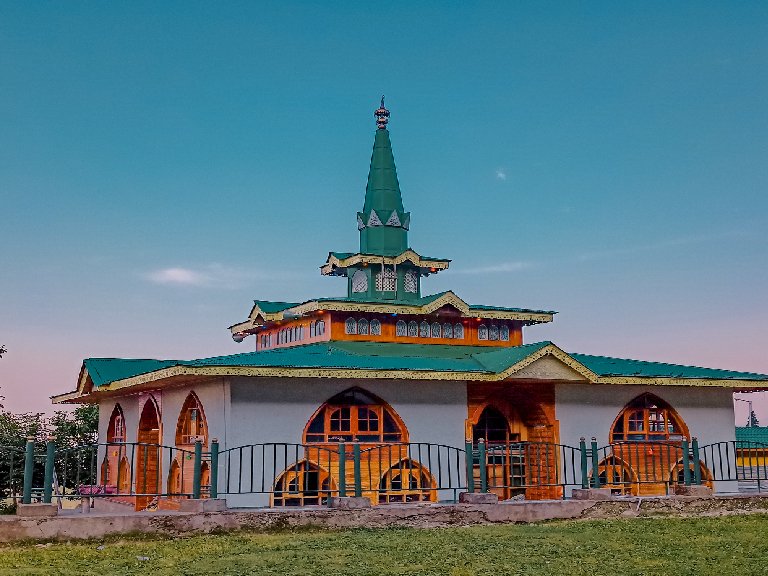
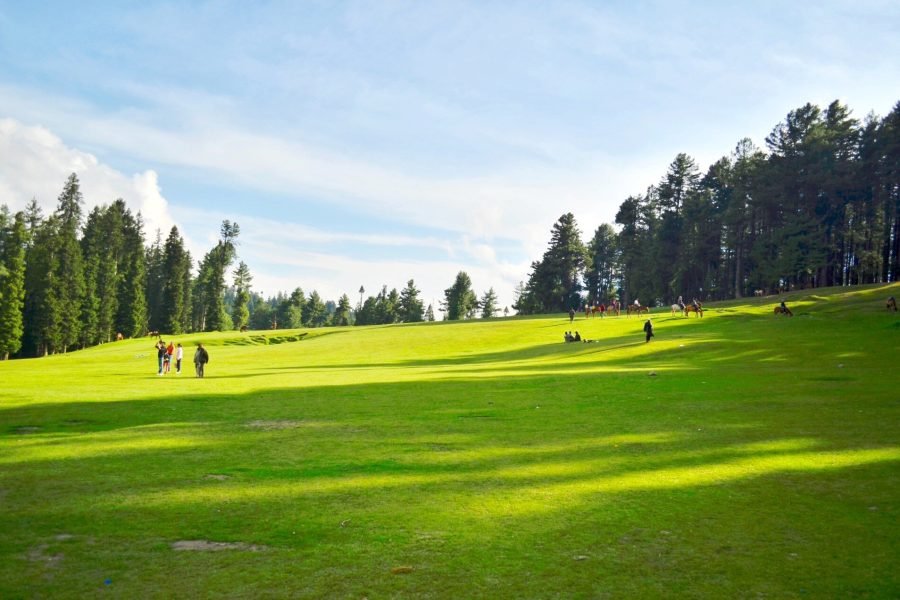
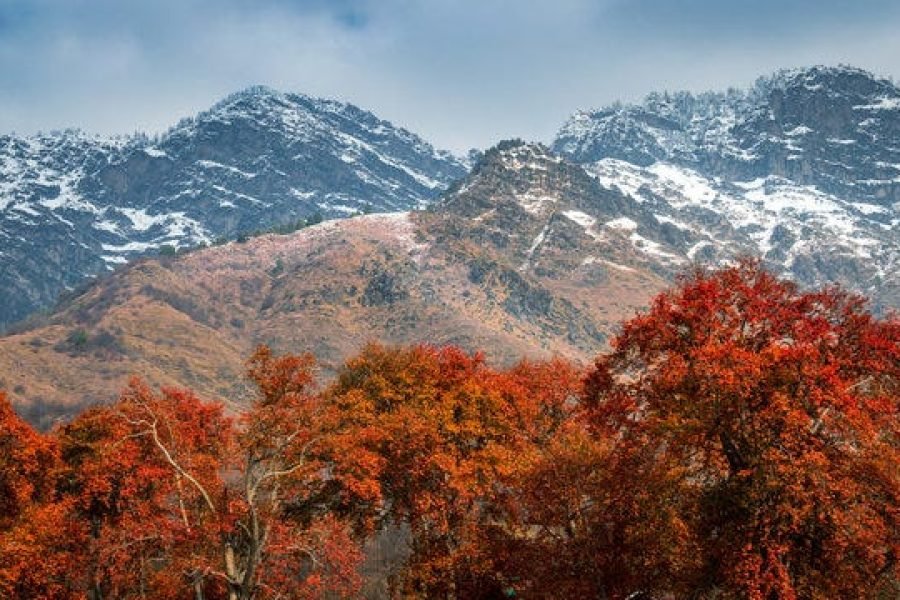
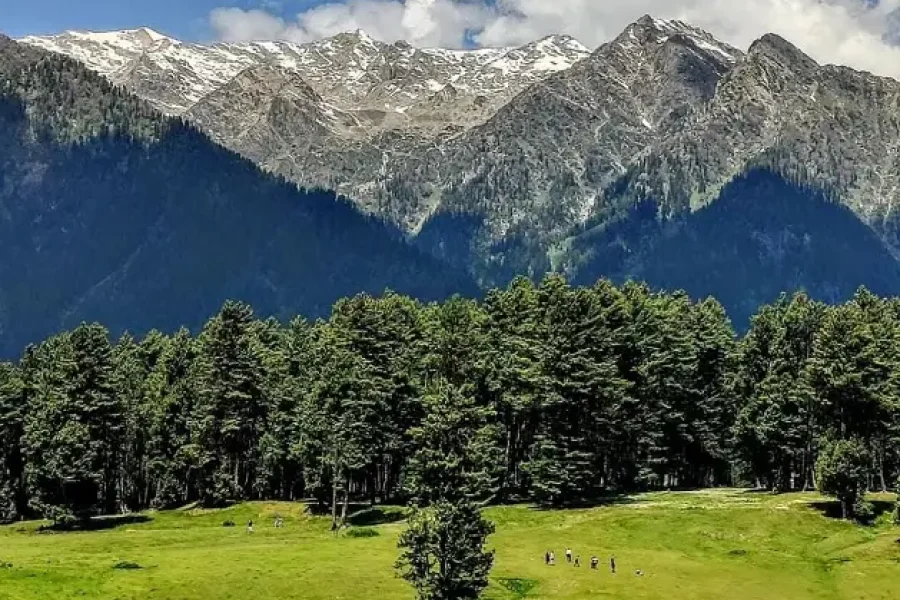
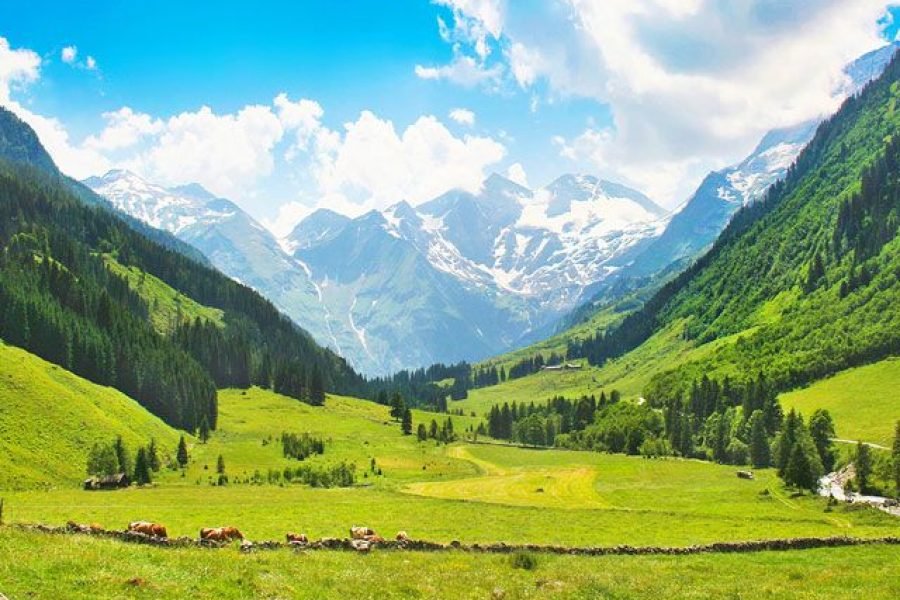
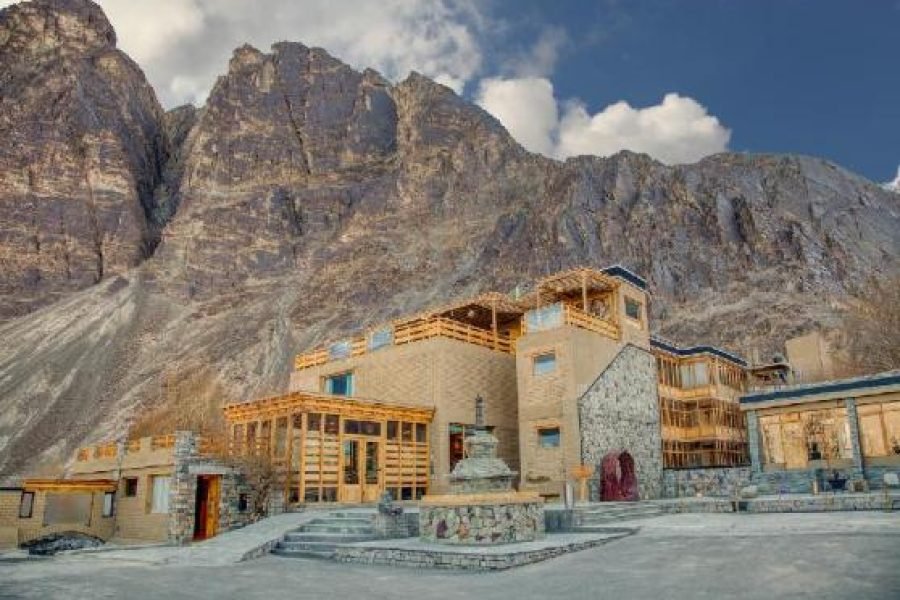

0 Comment